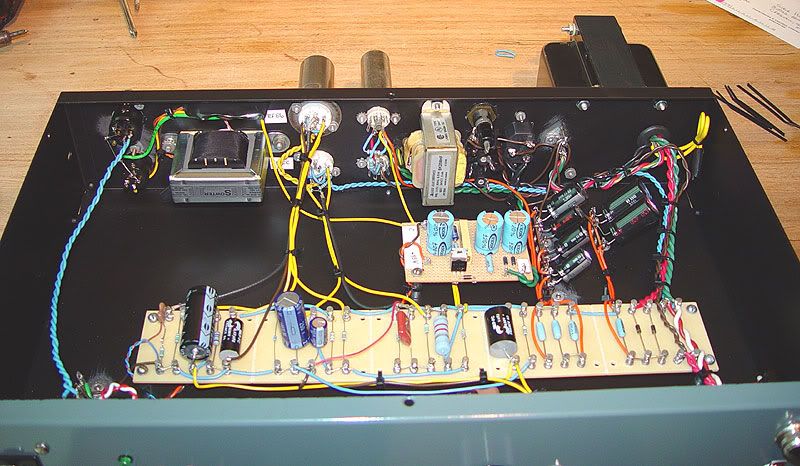earthsled
Well-known member
If one were to use a 1:10 Jensen input xfrmer what would the zobel be?
For the zobel you could try different RC values using a square wave generator and an oscilloscope if you have them. The folks at Jensen might have a recommended circuit for the intended impedance of the transformer -- it doesn't hurt to ask. I'm not sure how the 1:10 ratio would effect the input - you might need to load the secondary to correct the reflected input impedance.
Yes; more correctly, it must be tied to the negative side of the smoothing cap, which happens, very often, to be tied with ground too. What I mean is, don't just return this center-tap to any old ground anywhere.
Okay this makes sense, but with the CT tied to ground, I'm unsure about how to rectify the 45V bias tap for use in the 48V DC supply.









































